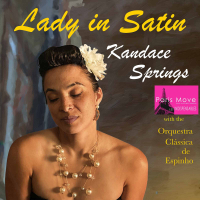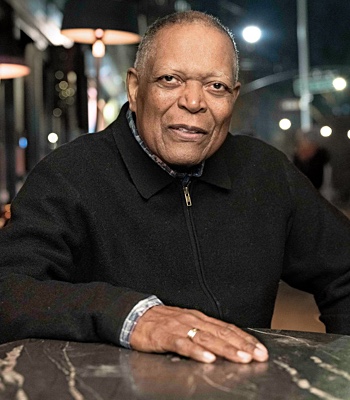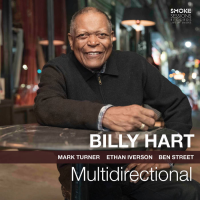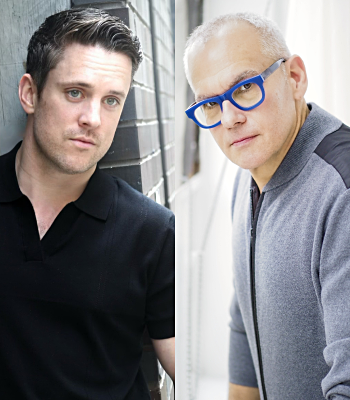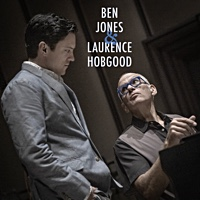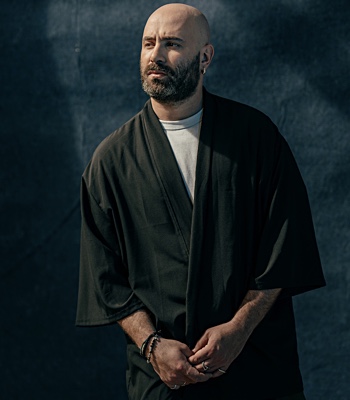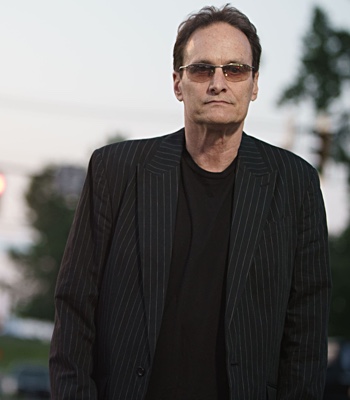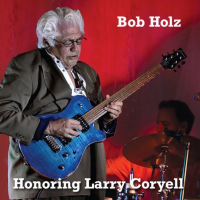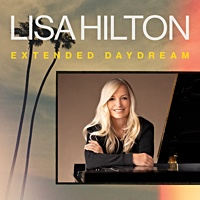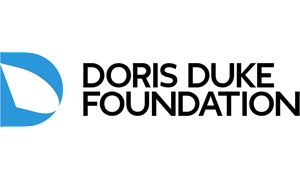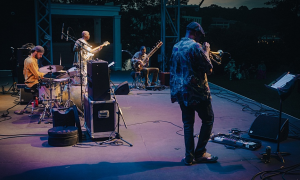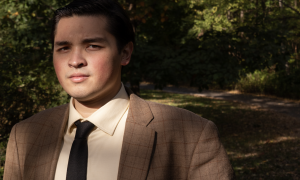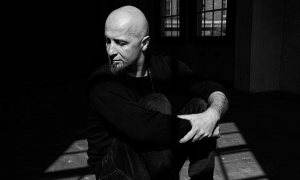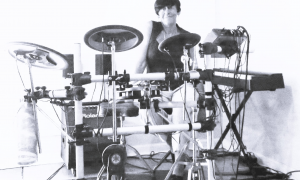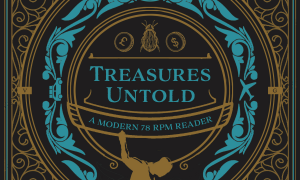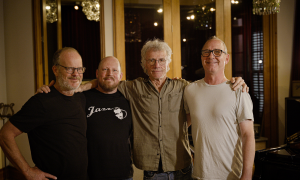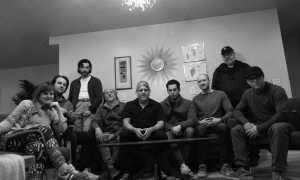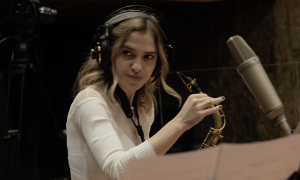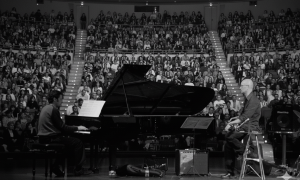What makes a jazz recording great? Some insist it's the mix of musicians on the date. Others say it's the arranger or the energy level or the producer's standards and demands. All of these factors are important, to be sure. But to me, what truly makes a recording exceptional are only one or two moments of brilliance. These slivers of excellence catch our ear, touch us deeply and win our admiration. They cause a tipping point in the part of the brain that evaluates art and make us to fall in love with what we're hearing. These glittering flecks of fine art can turn up in the first few measures of a song, the sound of an artist's horn or during a solo passage.
Yesterday I featured 10 such “moments of genius"--isolated parts of recordings that feature incredible levels of creative invention. Today, I'm showcasing a second set of 10, again in no particular order. All are available as downloads or CDs:
Bill Evans' block-chord passage 2:08 into How Deep Is the Ocean. His touch throughout is cat-like, but when Evans shifts gears and starts to swing with dense, chunky chords after relying mostly on light lines, the contrast is pure delight. From Explorations (1961).
Gil Evans' fast swirling reed and woodwind intro to Charlie Parker's If I Love Again. Evans' smart arrangement for this failed record date sounds pixie light and easy-going. Actually, what sounds so appealing actually was quite tricky, according to reed player Hal McKusick, who was there. The introduction, for me, remains a daring and daunting bit of writing. From Charlie Parker: Big Band (1953).
Benny Golson's sound on the tenor sax following Tommy Flanagan's solo on Baubles, Bangles and Beads. As far as I'm concerned, Benny remains one of America's greatest living saxophonists. Even if you exclude his Jazztet recordings, which produced exciting works of art, his Prestige period in the late 1950s is breathtaking. When you hear Benny's oily tenor emerge after Flanagan's solo, you can't believe how beautiful he's playing. From Benny Golson: Gettin' With It (1959).
Urbie Green's tone on trombone at the start of Look to the Sky. Was there ever a trombone that sounded this patient, warm and embracing? This is music that sounds like the setting sun, thanks largely to Green's relaxing lines. From Antonio Carlos Jobim's Wave (1967).
Quincy Jones' first eight arranged measures for Pleasingly Plump. The teasing, breathless ascending line resolves in a seductive walking melody line that places a crisp flute on top. A modern swing beauty that frolics and struts. Originally on I Dig Dancers (1960), it's now available as part of Mosaic Records' box The Quincy Jones ABC/Mercury Big Band Jazz Sessions.
Larry Young's organ solo and the cymbal “conversation" that drummer Elvin Jones has with the organ on Paris Eyes. Sam Rivers on tenor and guitarist Grant Green both are tremendous here. But it's Young's energy and chord choices along with his bass pedal work and Jones' interchange that sends me. From Into Something (1964).
Wes Montgomery's chord choices that begin 3:45 into Gone With the Wind. After running octave lines on this standard, Montgomery suddenly shifts into rhythmic chords and uses them to swing the melody. From The Incredible Jazz Guitar of Wes Montgomery (1960).
Stan Getz's first 16 bars on Horace Silver's Split Kick. This was the tenor saxophonist's first recording session with Silver, whom he discovered weeks earlier at the Sundown Club in Hartford, CT. Getz plays way up high on the tenor's register, making his instrument sound almost like an alto. Yet his tone is as soft as a bunny's forehead. From Stan Getz: Early Spring (1950).
Artie Shaw's opening string arrangement for These Foolish Things. The ascending, swirling build is sensational, setting up Shaw's cool-blue clarinet. And the heartbeat tempo chosen by Shaw is perfect. From Artie Shaw: Self Portrait (1953).
Thelonious Monk's percussive notes on Reflections. Monk recorded this lesser-known composition several times. All are great, and the one that appeals to you most will likely depend on the tempo you prefer. Personally, I enjoy Reflections as a solo performance taken as slow as possible. On this particular rendition, the notes that Monk chooses to hit hardest stand out. The punctuation makes this version sound like someone falling up a flight of stairs. From Alone in San Francisco (1959).
This story appears courtesy of JazzWax by Marc Myers.
Copyright © 2025. All rights reserved.



